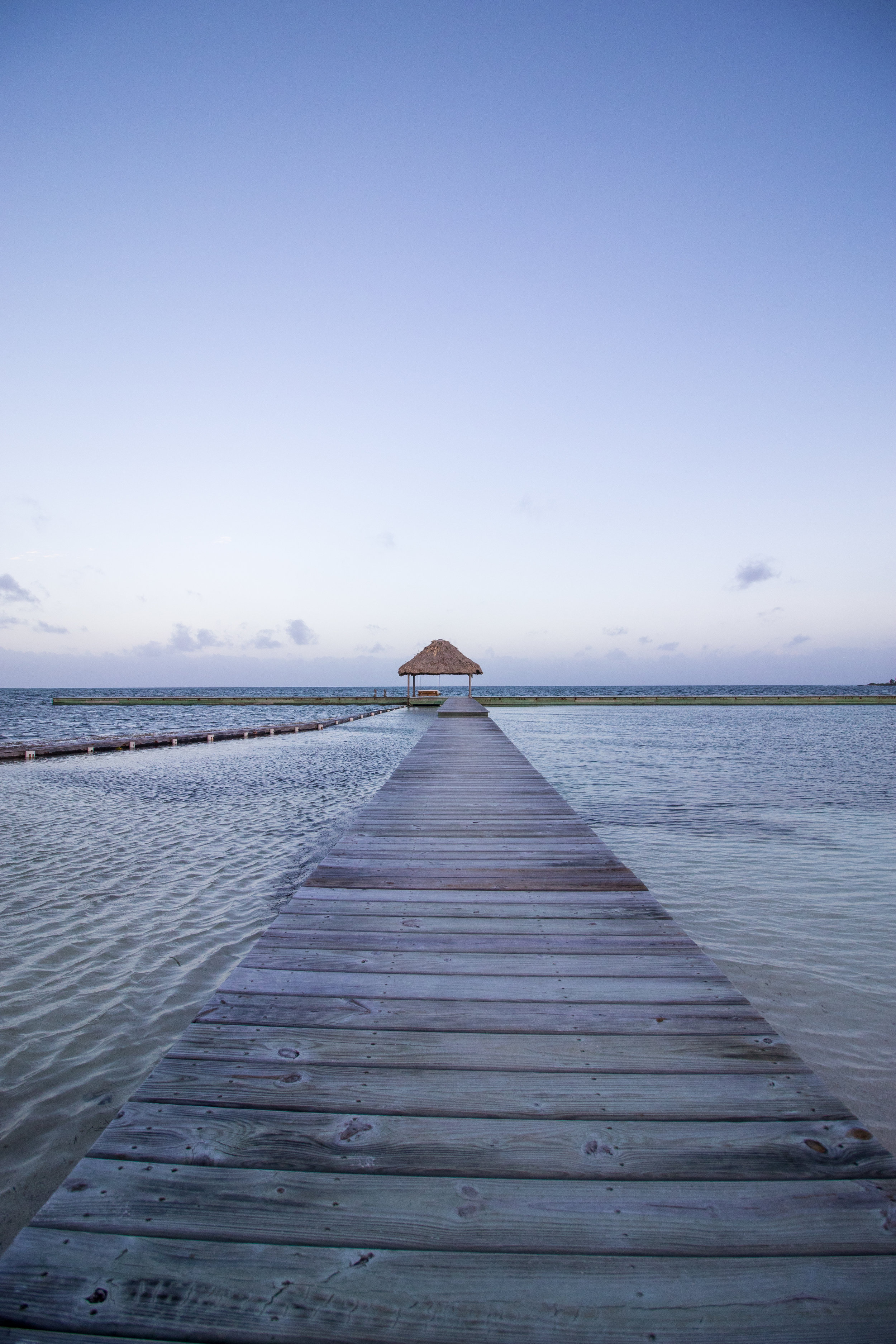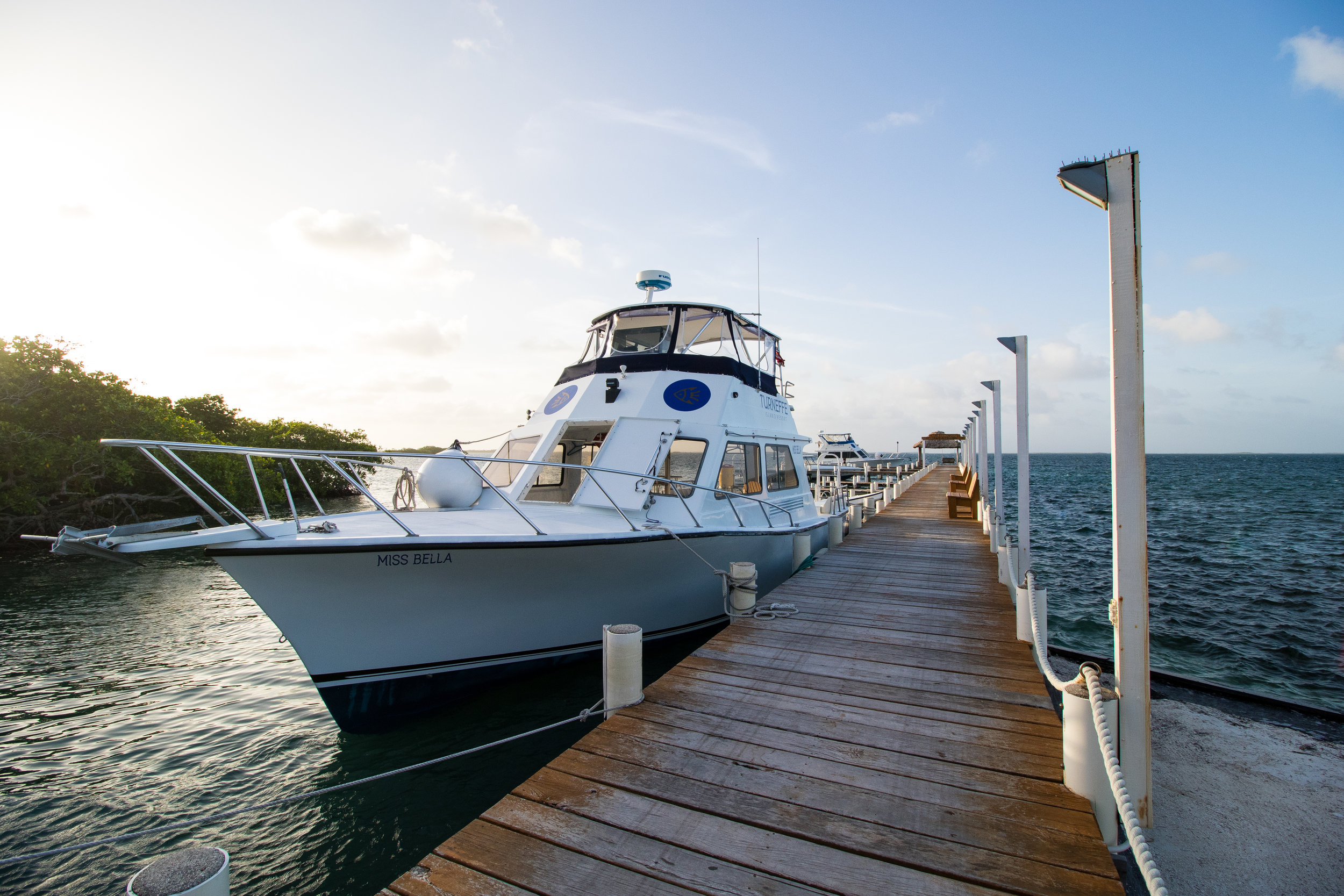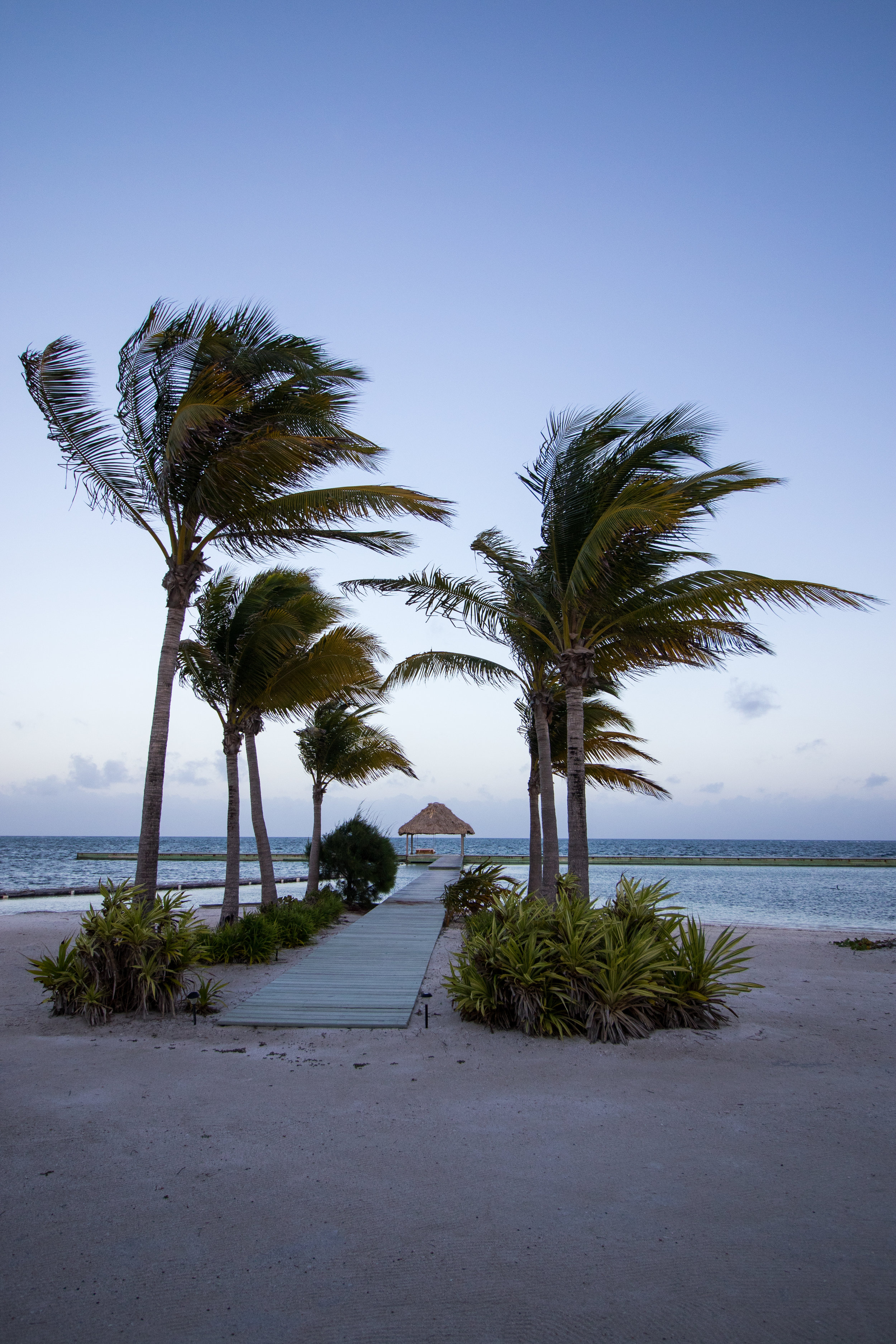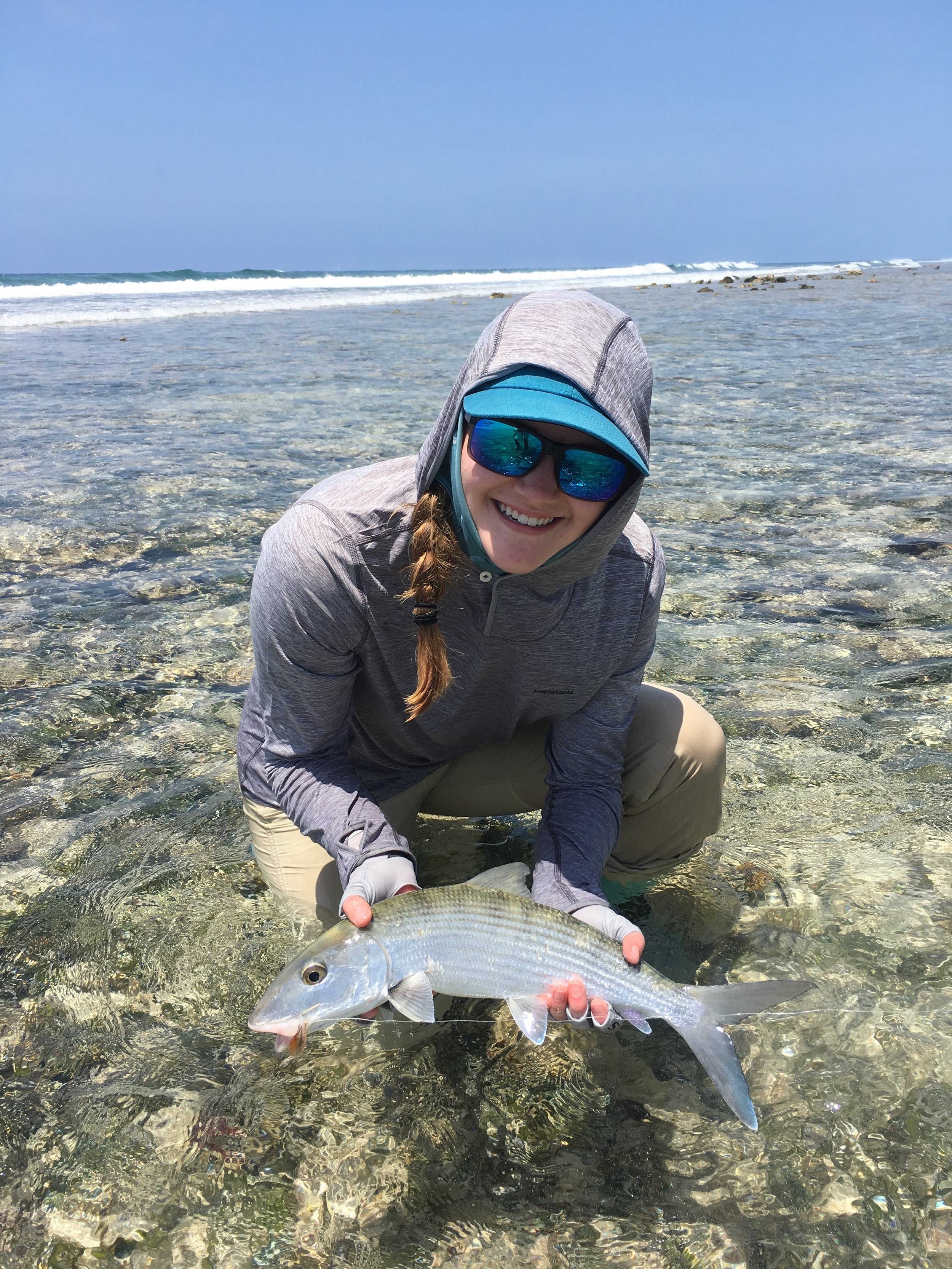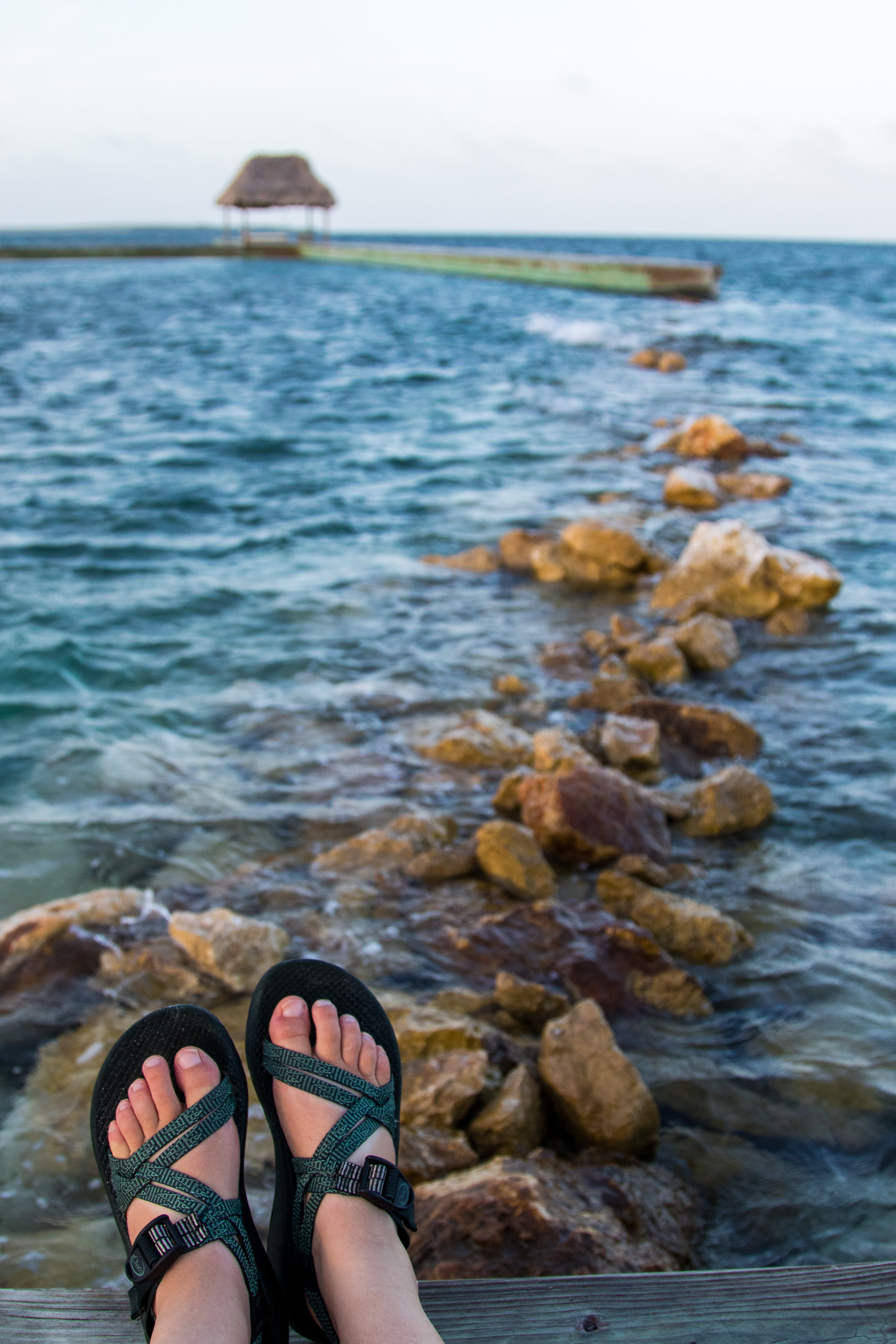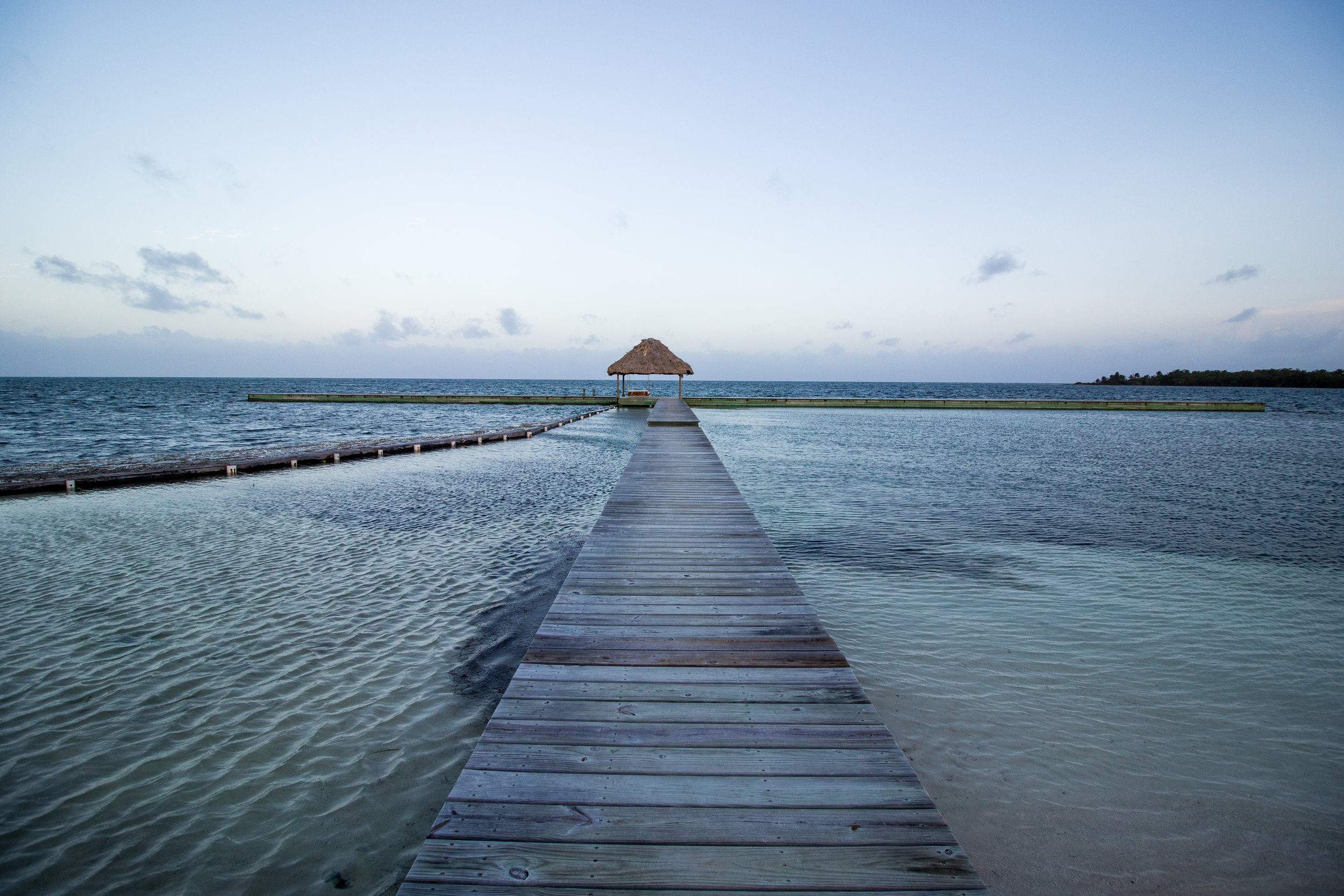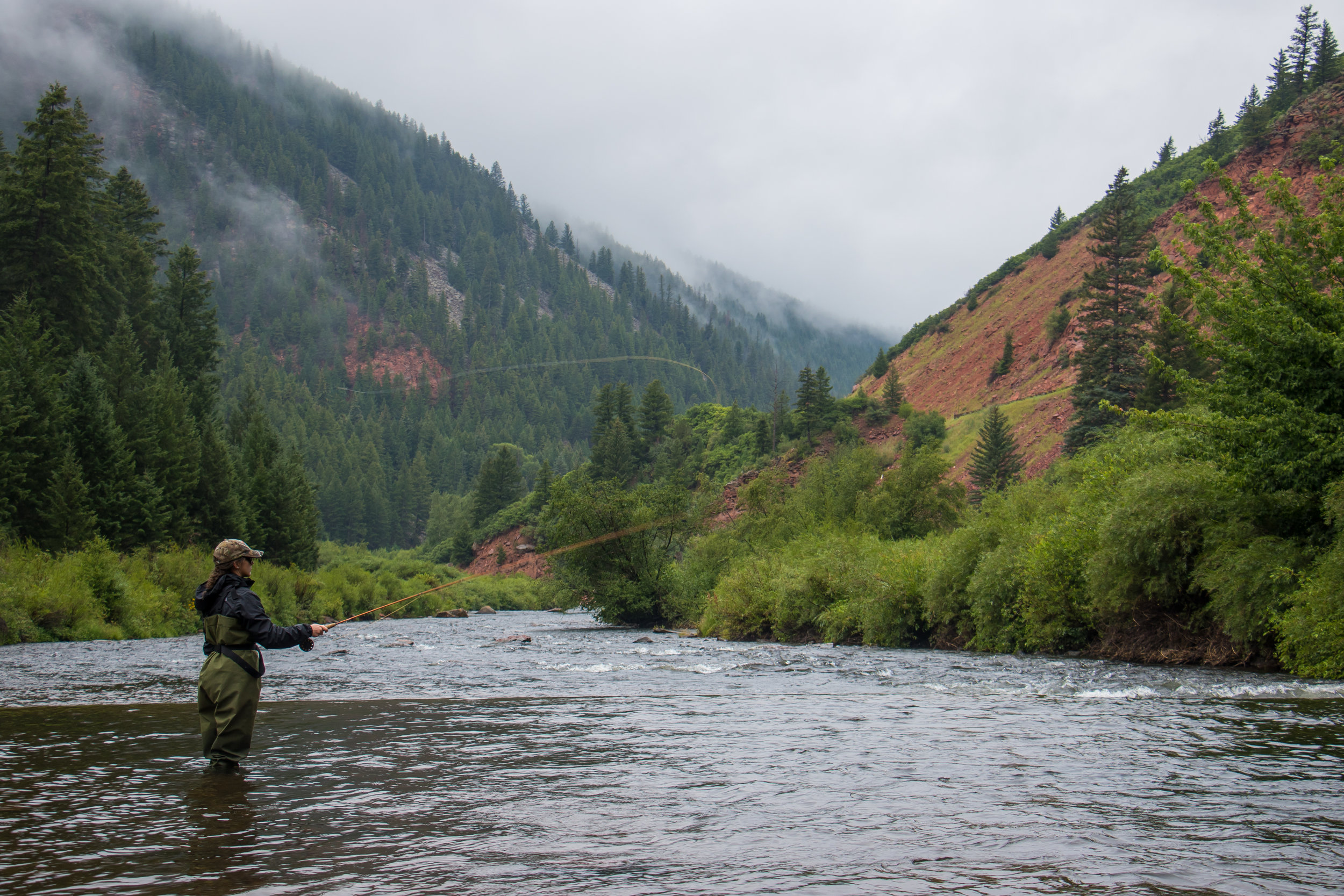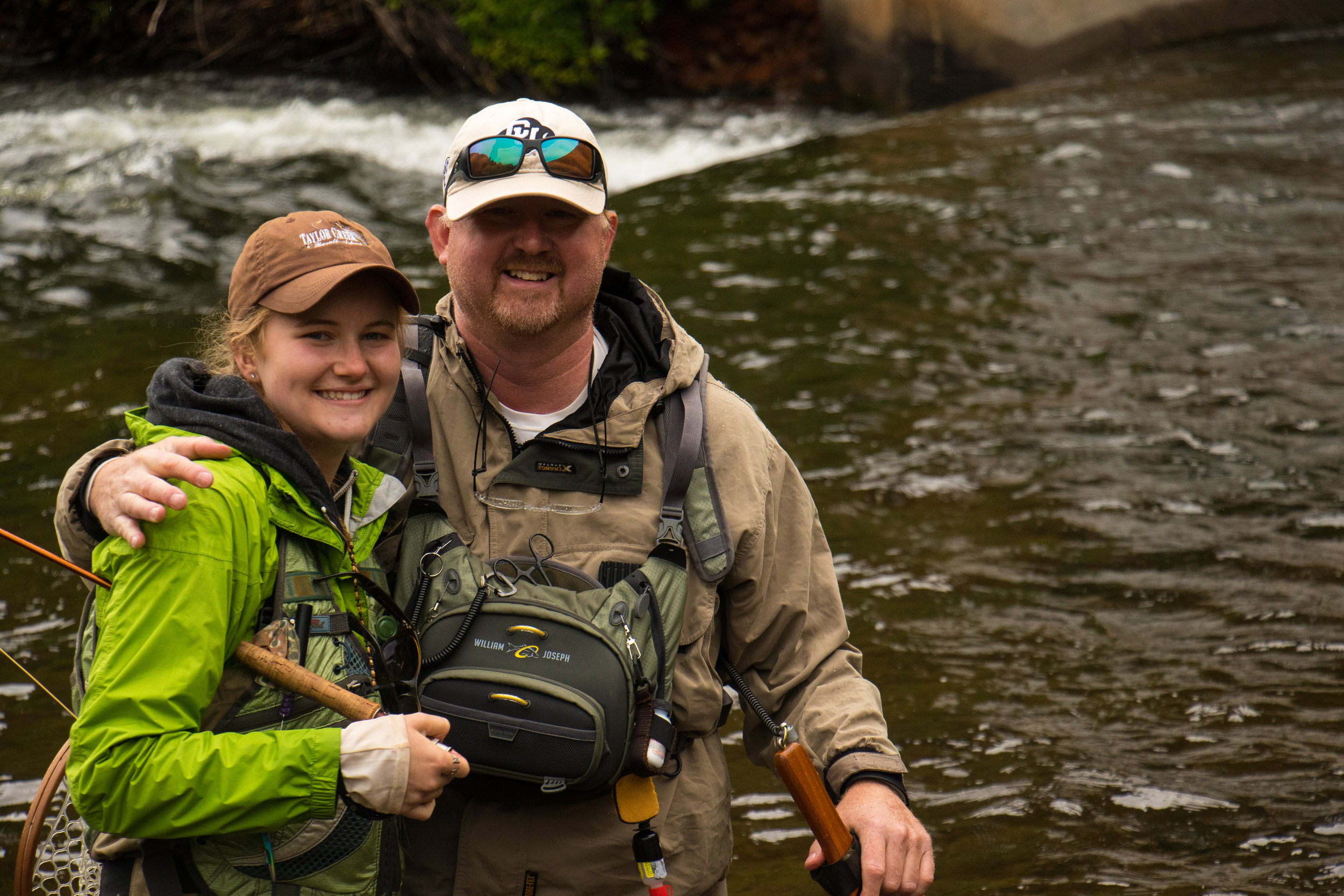My dad and I have been fly fishing in the tiny mountain streams and rivers of Colorado since I can remember. We’ve gotten pretty good at it over the years. Saltwater fly fishing has always been a foreign entity compared to our little world of trout streams, seemingly with less delicacy and much bigger fish. A friend of ours convinced us to try it, and specifically in the beautiful saltwater flats of Belize.
We arrived at the airport in Belize City, made our way to the town’s port, and hopped on a boat for a 90-minute ride east to Turneffe Flats. If you consider yourself to be a hardcore fisherman, Turneffe is definitely on your radar. It’s known for its miles of untouched shoreline, bonefish, tarpon, and big permit fishing, all via the intensive accuracy and precision of a fly rod. I had heard of Turneffe before, but I didn’t know much about it. In all honesty, I didn’t really understand where Belize even was until we headed out into the Caribbean.
The islands are 36 miles offshore. I’ve never been one to enjoy going so far out to sea that you can no longer see land. As soon as I head that “36 miles” I knew this trip would be pushing my comfort zone. We arrived at the resort and were greeted by the entire staff on the dock. There were only 14 guests staying at the resort this week. We were so far out, surrounded by hundreds of islands of mangrove forests and so few human beings— but we were oddly comfortable.
Our first day of fishing was hard. The big and small differences proved to be challenging for my dad and I as we tried to adapt to this new world we had entered. The immediate obvious difference to me was that we were fishing in the ocean, meaning we were in the fish’s world and they can go wherever they want. If we spook them, they can swim miles and miles away from us, never to be seen again. It’s not like they’re confined to a small stretch of river bounded by rocks and rapids like the trout in our friendly mountain streams. The second difference was that the majority of these fish have never seen a person before. They get spooked very easily, so quietly wading, moving slowly, and effectively casting to the nose of the fish is essential for success. The third major difference, and arguably the biggest challenge my dad and I faced, was casting the bigger and heavier rods. Sure, we learned to double haul with our eight weights before we left and we could be precise with a few false-casts on the river. But once we were out on the flats with a ten-weight, standing on the edge of our skiff, with our guide shouting to cast perfectly at 11:00, 40 feet off the boat NOW with no time for even a single false-cast, into a strong ocean breeze to a permit that we couldn’t even see: we didn’t stand a chance.
Our guide, Eddie, was the most patient man we had ever met. We warned him this was our first time fishing saltwater and he promised he could bear with us as we struggled to learn his ways. He succeeded in finding us lots of fish every day. He wasn’t ever upset as we spooked each and every permit we encountered, he helped us search for tarpon in the mangroves, he slowly walked us up to schools of bonefish, and he explained gently why his lighter, homemade version of a shrimp fly was exponentially better than the store-bought shrimp we brought with us. But most importantly, Eddie helped us catch a few bonefish, the easiest saltwater fish to catch on the Turneffe Flats, giving us hope that we could actually be successful in saltwater fly-fishing.
Eddie grew up at Turneffe, on a tiny island about a 20-minute boat ride away from the resort. He fished and learned where and what lived in each and every corner of the flats, and in the deepwater. He knew exactly where the fish were at each location he took us to, he could spot a 30-pound permit several hundred feet away in turquoise blue water, and his casting skills left us dumbfounded.
But what my dad and I especially noticed about Eddie, and even the rest of the resort staff, was that he was incredibly happy. Undoubtedly, life has thrown many curveballs at him as he grew up on these islands. He still radiated happiness, gratitude for his fortune at living in Turneffe, and amazement at the abundance of life living in his backyard that he gets to see everyday. We realized this incalculable quality is rare among the people we meet, and so we named it “The Eddie Factor”.
After two days of fishing with Eddie and a couple hooked bonefish, we promised him we’d return just to fish with him. We loved spending time with him, his positive energy, and his contagious happiness. We were intrigued by this whole new side of fly-fishing that we had discovered and were eager to improve. There are hundreds of big permit waiting in the flats and we are now determined to cast to them.
